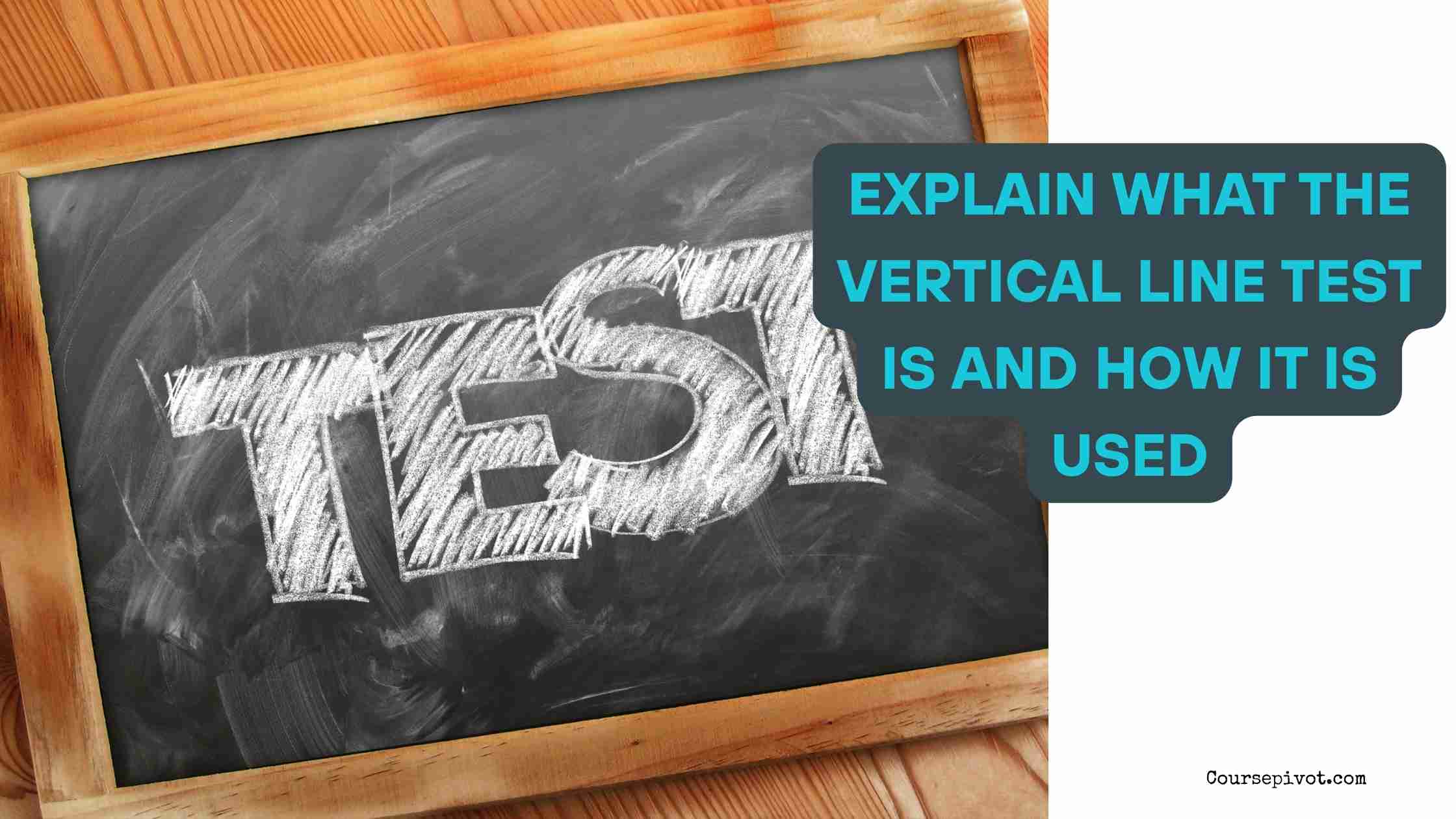
Explain What the Vertical Line Test Is and How It Is Used
Ever looked at a graph and wondered, “Is this thing even a function?” That’s where the vertical line test comes in. It’s one of the simplest, yet most powerful tools in algebra and pre-calculus. If you’ve ever struggled to determine whether a graph represents a function, you’re not alone—and this test is your go-to solution.
Table of Contents
Let’s break it down and explain what the vertical line test is and how it is used, step by step.
📏 What Is the Vertical Line Test?
The vertical line test is a graphical method used to determine if a relation is a function.
Here’s the basic idea:
If a vertical line crosses a graph more than once at any point, the graph does not represent a function.
Sounds simple? It is. But the logic behind it is crucial.
🤔 Why does it matter?
In mathematics, a function is a relationship where each input (x-value) has exactly one output (y-value).
That means no x-value can be paired with more than one y-value.
So if a vertical line intersects a graph more than once, that x-value has multiple y-values—and that violates the definition of a function.
🧪 How the Vertical Line Test Is Used (Step-by-Step)
Let’s walk through exactly how to apply it.
✅ Step 1: Look at the graph of the relation.
You’ll need the graph drawn on a coordinate plane. This can be a curve, a straight line, a weird shape—anything.
✅ Step 2: Imagine or draw vertical lines through different parts of the graph.
A vertical line is a straight line that goes up and down and has the same x-value throughout.
✅ Step 3: Observe the points of intersection.
Ask yourself: Does this vertical line touch the graph in more than one place?
- If no vertical line ever touches the graph more than once → ✅ It’s a function.
- If any vertical line touches the graph in two or more places → ❌ It’s not a function.
🧮 Examples: Putting the Test to Work
🟢 Example 1: A Straight Line (y = 2x + 1)
- A vertical line will only touch this graph once, no matter where it’s drawn.
- ✅ Passes the vertical line test → It’s a function.
🔴 Example 2: A Circle (x² + y² = r²)
- A vertical line through most parts of the circle will touch it in two places—top and bottom.
- ❌ Fails the vertical line test → Not a function.
🟢 Example 3: A Parabola Opening Up (y = x²)
- A vertical line only touches once for each x.
- ✅ Passes → It’s a function.
🔴 Example 4: A Sideways Parabola (x = y²)
- Vertical lines often touch this curve in two spots.
- ❌ Fails → Not a function.
🧠 Why the Vertical Line Test Matters
In math—and especially in algebra and calculus—you’ll often need to know if something is a function before you can:
- Graph it accurately
- Solve it algebraically
- Use it in function operations
- Model real-world situations
Knowing whether a relation is a function tells you what tools you can and can’t use to analyze it.
So, What Is the Test?
The vertical line test is a quick visual method to check whether a graph represents a function.
- If no vertical line touches the graph more than once, the relation is a function.
- If any vertical line hits it twice or more, it fails the test—meaning it’s not a function.
It’s a simple, powerful rule that helps you make sense of graphs and understand the backbone of functions in math.
Next time you’re unsure? Just drop that imaginary vertical line—and let the test do the talking.
Cite this article
You can copy and paste your preferred citation format below.
Martin, L. & Arquette, E.. (2025, May 23). Explain What the Vertical Line Test Is and How It Is Used. Coursepivot.com. https://coursepivot.com/blog/explain-what-the-vertical-line-test-is-and-how-it-is-used/



